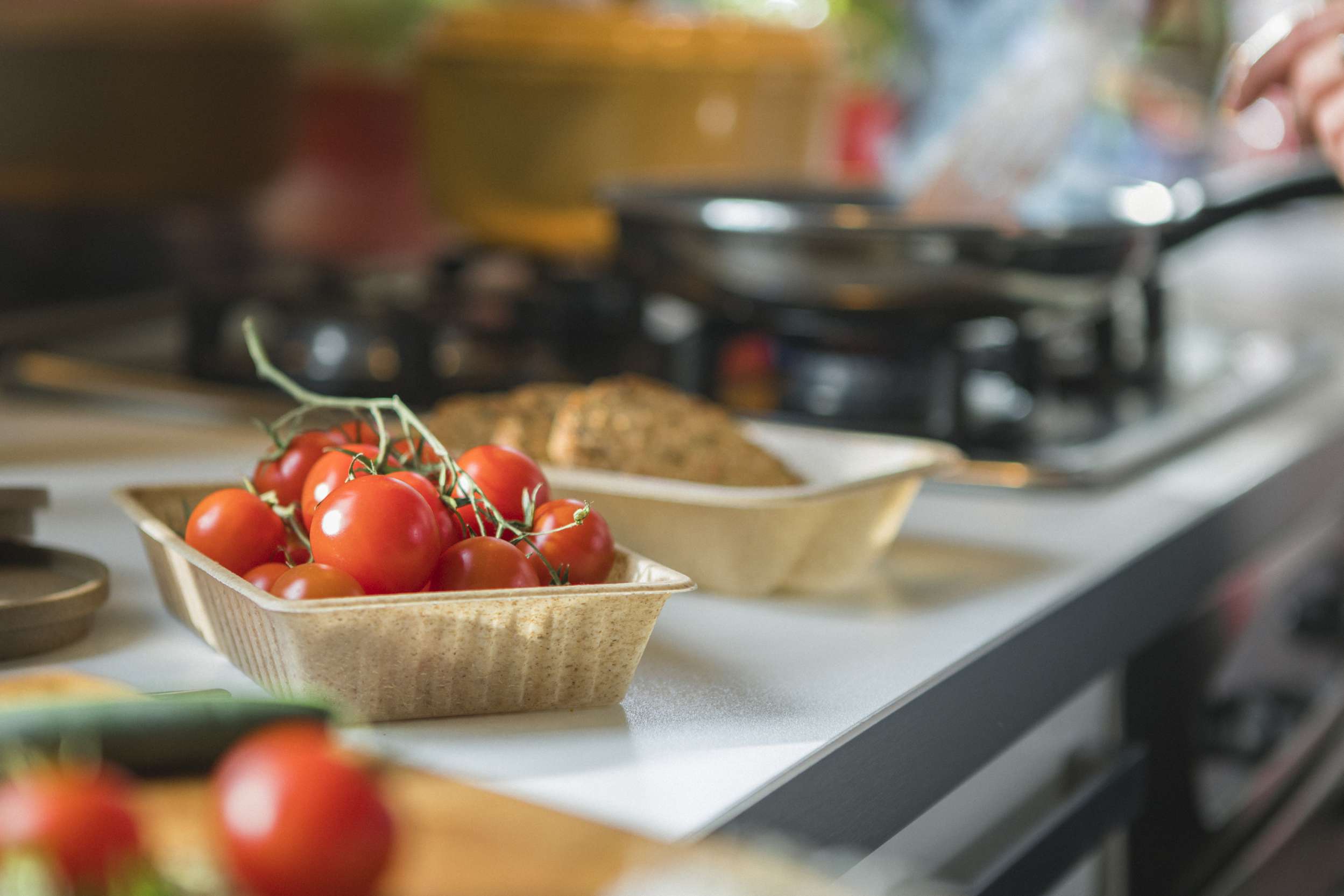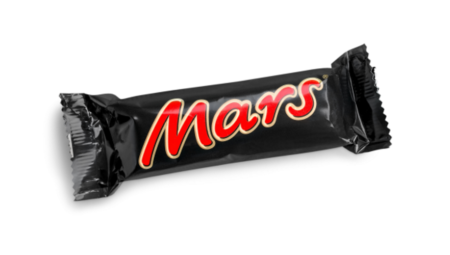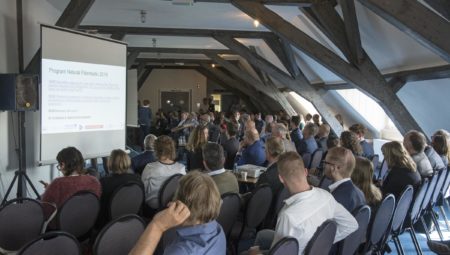It doesn’t really show in the quiet, controlled manner in which he tells his story, but Van Gilst is a man with a mission. A mission that started eight years ago in Borneo. There he saw the devastating impact of our western life pattern: felled rain forests, beaches full of washed up plastic. Van Gilst decided to do something about it. With self-developed, sustainable alternatives. He quit his job in IT and went to work.
The original plan was to grow energy crops in the Netherlands on fallow, unused land. With this idea Van Gilst won the Zuid-Holland Prize, which yielded him 50,000 euros to start his efforts. He set out with bamboo, but on the advice of Wageningen University & Research quickly switched to elephant grass. Miscanthus giganteus is easy to grow, and it grows very fast: per acre it absorbs four times as much CO2 as trees. As an energy crop it is burned to generate electricity and heat. In order to have an alternative for oil-based and non-degradable plastics, Van Gilst also started to look at applications with a higher added value. He developed and patented technology to obtain high-tech fibers from the harvested elephant grass, fibers that can be used in all kinds of sustainable products.
Controlling the chain
“The first application was paper,” Van Gilst recalls. “In 2014, the pilot batch – a pallet full of paper – sold very quickly via Twitter. That gave us confidence but my wife and I spent a whole weekend trying to get the orders out. We decided we had to look for partners to be of any significance.” Today, notebooks and paper from vibers are for sale in the shops of ‘Waar’, the Dutch gift shop for notable sustainable products.
Since last year, Van Gilst uses the brand name ‘vibers ™’ as a recognizable ‘label’ on all products containing his elephant grass fibers. He now considers himself the ‘director’ of the production chain; from the cultivation of grass, through the sale of vibers paper, biopolymers and concrete up to the development of end products. For all individual steps in the chain, he cooperates with companies that can provide the required expertise and manpower. The chain always starts with elephant grass, but can develop in various ways. Towards sustainable concrete for example. Together with Eindhoven University of Technology, Van Gilst developed a concrete-like material. It consists of vibers combined with mineral residues from seawater desalination. In the Anton van Duinkerken Park in Bergen op Zoom already a number of benches of the material can be seen. Van Gilst now is working hard on new applications. The sustainable concrete can even be 3D printed.
Sustainable plastic
The most recent development is vibers biobased plastic. The combination of the fibers with starch and cellulose results in a plastic that can easily be processed on existing machines for injection molding and thermoforming. It is now being used for trays and containers containing the produce of Boeregoed, a small-scale farmers initiative in the Westland region. These items are biodegradable and (provided they will carry the ‘Kiemplant’ mark in the near future) can simply be discarded of as organic waste. Van Gilst receives a great deal of interest in vibers biopolymers by supermarkets and the packaging industry. He regards the Boeregoed project as the stepping stone to large-scale application: “In about six months everyone will have a vibers product at home”.
As a packaging material for fruit and vegetables, vibers plastic has the advantage of a ‘natural’ appearance that stimulates consumers to treat it as organic waste – other bioplastics resemble their ‘fossil’ counterparts and thus end up in the plastic waste stream. Van Gilst also shows a number of other possible products, from bread bag clips to flower pots and storage boxes. He is particularly proud of a luxury cosmetic packaging that was presented at the ‘Luxepack’ fair in Monaco early October by Krekelberg Flock Products. It is a high-quality product, finished with a structured layer of cellulose fibers. “It is really something different than a tomato box, and it shows that vibers is an all-round material.”
Seduction instead of competition
Van Gilst is deliberately looking for manufacturers that are eager to join the vibe. “Seduction instead of competition” is his adage. “We don’t want to outcompete existing products in price or quality, but we want to seduce producers to turn to biobased materials.” That strategy seems to work out: in the past year, Van Gilst and his team received so many inquiries that vibers hardly had to make any acquisition effort. ABN AMRO now finances vibers so nothing seems to stand in the way of rapid growth. “We are just a small company, but this can get really huge.”




